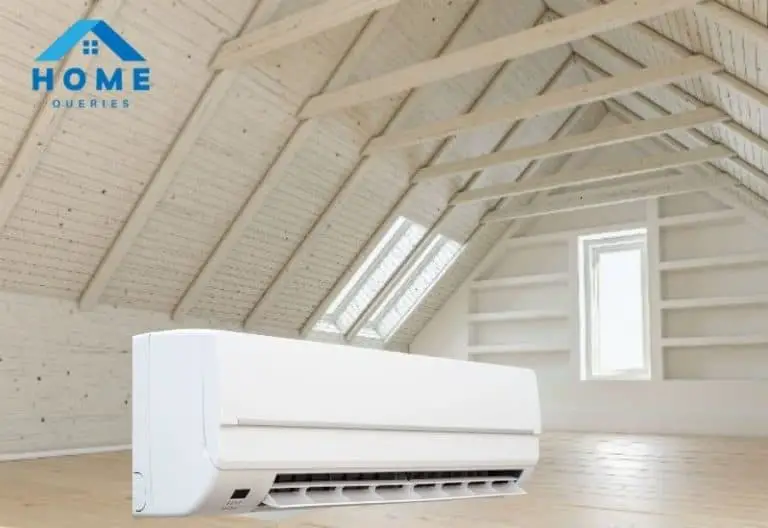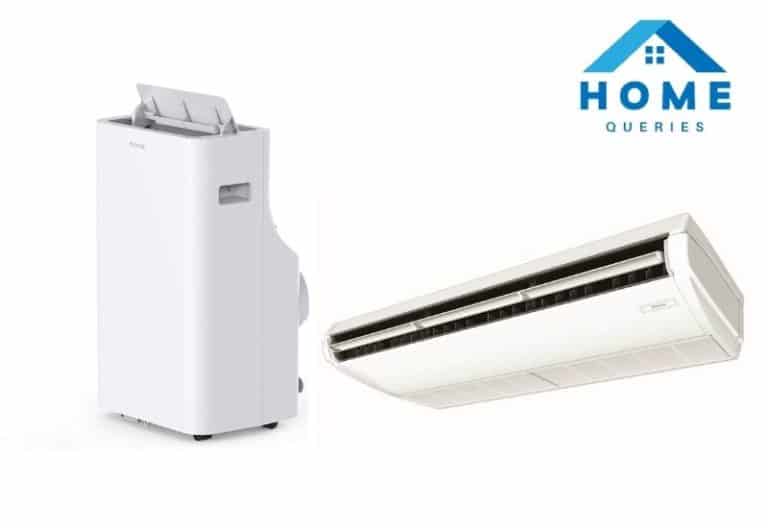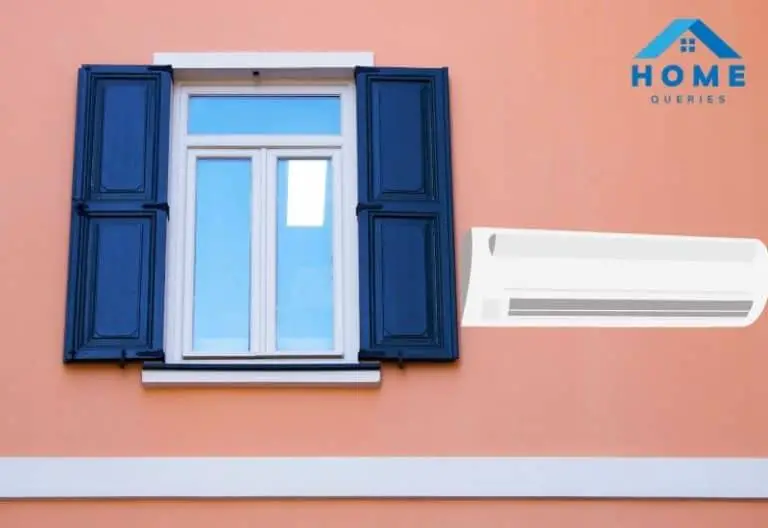Will a 3500 watt generator run an air conditioner? Let’s find it out today. The device that converts mechanical energy into converted voltage is called an AC generator. Altered voltage is generated between both the DC generator and the AC generator. The AC voltage generated in the DC generator converts to one-way current flow through the commutator and brush. Not all kinds of ac require an ac generator. But normally There are two-watt ratings for window air conditioners: initial and running wattage.
Because amperage spikes as the machine startup and the motor begin to turn, starting wattage is higher. The engine takes more current to overcome inertia and create friction. A window unit’s standard starting wattage is 2200. The amperage declines while the motor runs constantly, and the wattage is usually around 1500. Your unit may have a different rating. Look at the nameplate or the specifications in the handbook to find out how much power your AC unit uses.
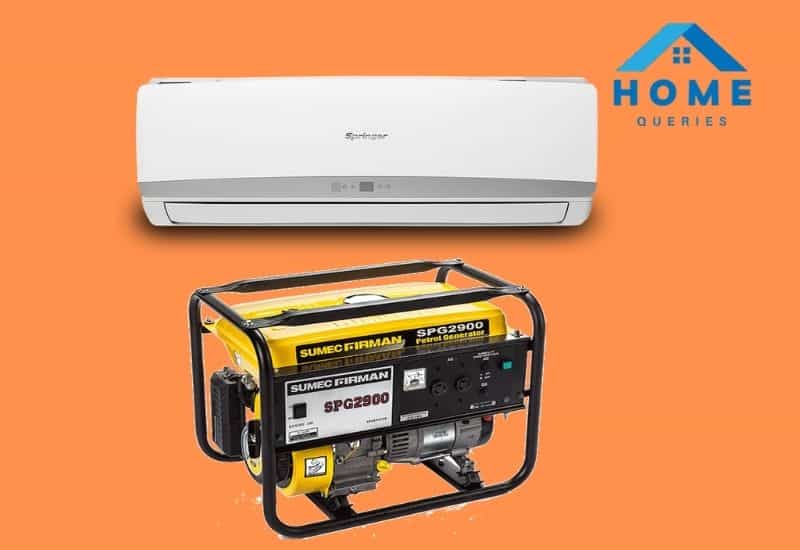
Will A 3500 Watt Generator Run An Air Conditioner?
AC generators are also called alternators or synchronous generators. When the generator is rotated with the help of mechanical power obtained from the engine, turbine, or any other means, electric power is generated in it.
The device by which the shaft of the AC generator is rotated is called prime mover Wherever engines, different types of turbines, meters, etc., are used as prime movers. And the AC voltage generated in the AC generator is transmitted to the external circuit through the slip ring as the converted voltage. A generator with a power output of 2500 to 3500 watts can typically run your air conditioner, TV, appliances and charge your devices simultaneously.
For Your Air Conditioner, What Size Generator Do You Require?
A 14 KW generator is required if you have a 3-ton (30-amp, 36,000 BTUs) air conditioner. If you have a 4-ton air conditioner (40-amp, 48,000 BTUs), you’ll need at least a 17 KW generator. If you have a 5-ton air conditioner (50-amp, 60,000 BTUs), you’ll need at least a 20 KW generator.
How Can You Link Your Generator To Your Air Conditioner?
- The furnace is usually connected directly to the circuit in most homes. So you have to inspect the Transfer Switch.
- Make the necessary arrangements. Before doing anything else, turn off your furnace circuit breaker.
- System Rewiring
- Install the plug and then connect the generator.
Read more: What Size Generator Do I Need to Run A Window Air Conditioner?
What Is An AC Generator, And How Does It Work?
A machine that converts mechanical energy into electrical energy is known as an AC generator. Mechanical energy is supplied to the AC Generator thru the steam turbines, gas turbines, and combustion engines. Alternating electrical power in alternating voltage and current is the output.
The following are the various components of an AC generator:
- Field
- Armature
- Prime Mover
- Rotor
- Stator
- Slip Rings
Field
The field comprises loops of guides that get a voltage from the source and produce attractive transitions. The stunning motion in the area slices the armature to create a voltage. This voltage is the resulting voltage of the AC generator.
Armature
The piece of an air conditioner generator in which the voltage is delivered is known as an armature. This part essentially comprises curls of wire that are sufficiently huge to convey the full-load current of the generator.
Prime Mover
The component used to drive the AC generator is known as a prime mover. The prime mover could either be a diesel engine, a steam turbine, or a motor.
Rotor
The turning part of the generator is known as a rotor. The generator’s leading player drives the rotor.
Stator
The stator is the fixed piece of an air conditioner generator. The stator center involves an overlay of steel combinations or attractive iron to limit the whirlpool current misfortunes.
Slip Rings
Slip rings are electrical associations used to move capacity forward and backward from the rotor of an air conditioner generator. They are commonly intended to direct current progression from a fixed gadget to a turning one.
Benefits of AC Generators over DC Generators
Following are a couple of benefits of AC generators over DC generators:
AC generators can be handily moved forward and ventured down through transformers. Transmission interface size in AC Generators is more slender in light of the move forward included. Misfortunes in AC generators are somewhat lesser than in DC machines’ current progression.
The size of an air conditioner generator is more modest than a DC generator. The vast majority of us start our review with Direct Current, yet at last, we discover that primary current isn’t the main sort of current we run over. There are wellsprings of power that produce voltages and flows rotating in nature.
This sort of current is called an exchanging current or an air conditioner. The video will assist you with investigating the distinctions between an exchanging current and an instantaneous current.
Read more: Will A 10000 Watt Generator Run A Central Air Conditioner?
Disadvantages Of AC Generators:
Because higher voltages are required to supply a set level of power, this presents a handling difficulty. Because of the higher voltages needed to produce a steady power level, these systems require further insulation. Compared to DC motors, working with an alternating current system necessitates different risks and challenges. In addition to all these concerns, an AC generator is less durable than a DC generator type.
How Does A Generator For An Air Conditioner Generate Electricity?
Faraday’s law of electromagnetic acceptance governs the operation of AC generators. The transition linkage of the armature changes consistently when the armature pivots between the magnet’s posts on a hub across the attractive field. As a result, an emf is generated in the armature. As a result, an electric current passes via the galvanometer, slip rings, and brushes.
What Factors Influence The Generated Emf In An Alternator?
The amount of EMF created is determined by the number of armature coil turns, magnetic field intensity, and rotational field speed.
Your Air Conditioner’s Requirements
There is a significant discrepancy in the sizing and wattage of different air conditioning units, just like there isn’t a one-size-fits-all generator. Do you need to run one or two window units or a three-ton central air system? There is a substantial difference in the amount of power required to run these various air conditioners.
It’s also important to understand that your air conditioner doesn’t use the same amount of electricity all of the time – it takes significantly more energy to turn on your AC than it does to keep it running. You won’t be able to utilize your air conditioning unit until your generator is powerful enough to meet these beginning demands.
Every air conditioner is different, but according to Kohler, a typical window unit will require approximately 5100 watts to start and around 1700 watts to run. Meanwhile, central air conditioners typically operate at about 3500 watts, with starter power outputs often thousands of watts higher. To lessen startup impact, you can purchase a hard start kit, but it’s always preferable to get professional advice.
Checking for yourself is the key to determining your power requirements. Take a check at your air conditioner; the startup and running wattage should be listed on it. It will be the only approach to be comfortable with the idea of your specific AC’s power requirements.

What Is The Output Of An AC Generator?
The output converts electric power in the form of exchanging voltage and current. Faraday’s law of magnetic induction claims that a current-carrying conductor that cuts a uniform magnetic field produces an induced emf (EMF or voltage). On this principle, AC generators operate.
What Are Some AC Generator Examples?
Hydroelectric, fossil-fuel-based, nuclear reactors, and solar thermal power plants are only a few examples. Alternating current is generated by almost all large power plants and diesel generators.
Is It Capable Of Running An Air Conditioner From A Home Generator?
Throughout the summer, large storms are common in America, and showers often bring power disruptions. While knowing that your pipes will not freeze during one of these summer blackouts may be reassuring, you may find yourself miserable without air conditioning.
What Should Not Be Run On A Generator?
Never add fuel to a running or hot unit. Allow the generator and engine to cool before adding fuel altogether. Never store a generator with fuel in the tank in a location where gasoline vapors could reach an open flame, spark, or pilot light. Do not smoke in the immediate area of fuel or generator.
What Four Factors Influence Generator Voltage?
The following are the main factors influencing the generator voltage in this alternator:
- The number of turns on the stator winding(s).
- The strength of the magnetic field created on the rotor and “cutting” the stator windings.
- The rotor’s rotational speed.
- The alternator’s output load.
- The load’s impedance
Conclusion
When you buy an ac unit or decide to buy, you think about lots of issues about these appliances, Such as its pros and cons, electricity bill, and many more technical issues. We have tried to give some of your frequent questions to write this article. I think you’ve already gotten the answers to what you were looking for. So now, you can decide what wattage generator needs to run your ac. An ac can run by a 3500-watt generator.

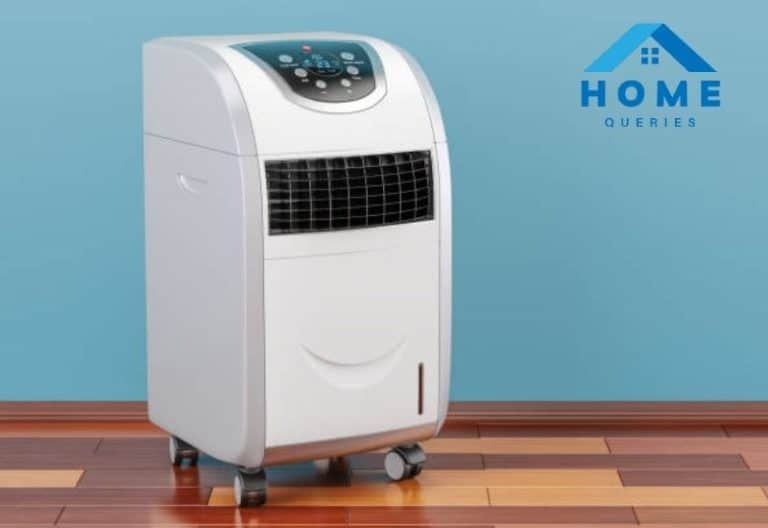
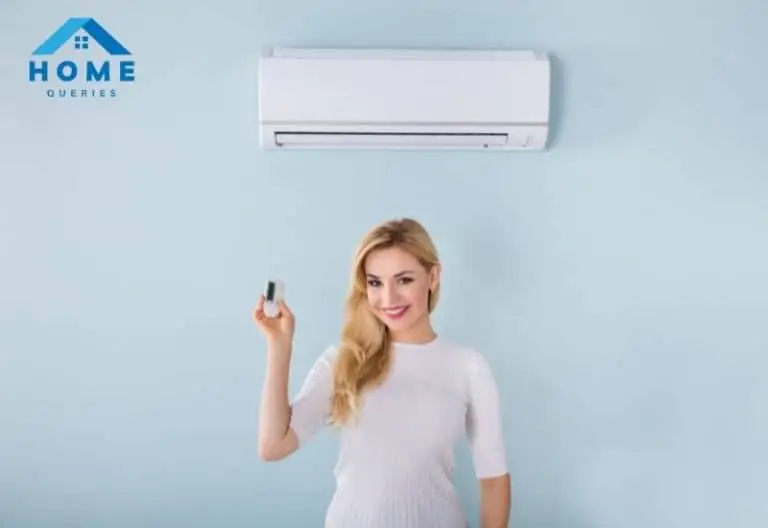
![Should I Keep Window Air Conditioner Exhaust Open Or Closed [Explained] 5 Should I Keep Window Air Conditioner Exhaust Open Or Closed [Explained]](https://homequeries.com/wp-content/uploads/2022/01/window-air-conditioner-exhaust-open-or-closed-768x528.jpg)
